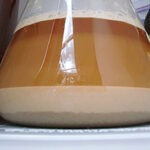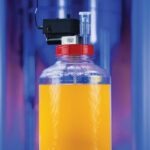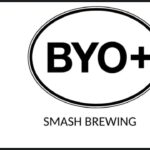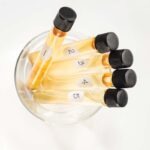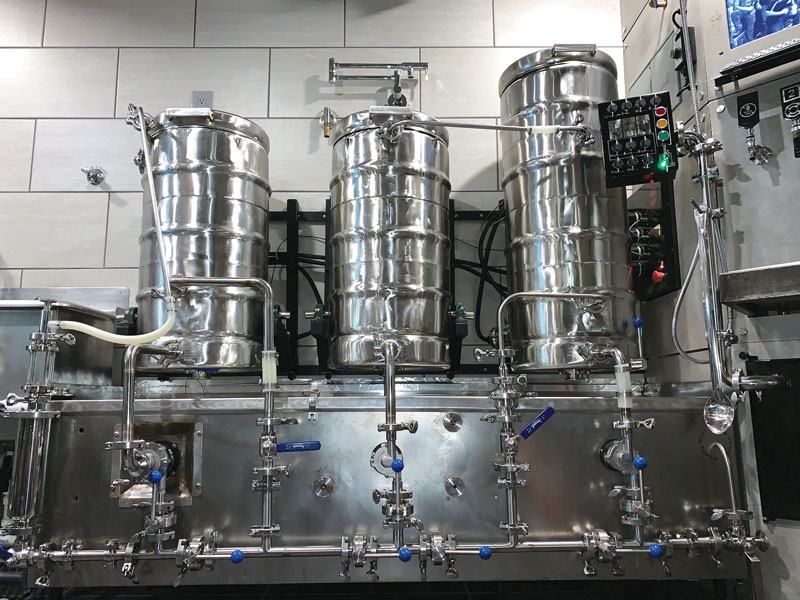Topic: Yeast
Yeast on Repeat
There are many reasons homebrewers may want to reuse yeast, starting with cost savings. And there are also many ways to do it, from easy methods such as immediate reuse, to careful collection and storage. Learn more about how to get the most from your yeast, batch after batch.
Yeast Flocculation
Yeast suppliers list flocculation attributes of each yeast strain, but what exactly does it mean, and why should we take it into consideration when choosing a strain? Find out.
Best Practices for Using Thiolized Yeast
Thiol aromas can range from subtle to intense with a wide variety of tropical fruit flavors that can integrate into your beers, whether as a complement to a fragrant hop bill or
Yeast: Beer Ingredient Workshop with Dr. Laura Burns
Learn the basics for good yeast management including yeast selection, harvesting/repitching, counts/contamination checks, and yeast scheduling with Omega Yeast’s Dr. Laura Burns. Laura will also take a deep dive into the world
Yeast Counting Simplified
Knowing the viability of your yeast is key to running strong beer fermentations especially when you are reusing yeast from a prior batch. Learn how to easily count yeast cells in your
Getting Into the Nitty Gritty on Apparent Attenuation
This is a great question that touches on several topics. I’ll start with a brief description of what you already know about mashing. For a given malt, wort fermentability is a function
Mega-Starter
When a homebrewer ups the volume of beer they’re brewing each batch, they find a glass ceiling in terms of the yeast starter size they can place on their magnetic stirrer. This brewer decided to break through it with a mega-starter.
Dry Yeast Advancements
This is a great example of an advancement in the brewing world that has a real effect on the way home and commercial brewers go about brewing. When I was a young
SMaSH Brewing
SMaSH stands for Single Malt and Single Hop recipe design. SMaSH takes the idea of simplicity in brewing to its logical extreme — by limiting the brewer to one malt, one hop
A Fresh Look at Dry Yeast
Still overcoming a poor reputation and misperceptions from decades ago, dry brewer’s yeast has come a long way. Innovations and new strains have made dry yeast a choice that is growing very popular among commercial brewers and homebrewers alike.
Using Quick-Souring Yeasts: Tips from the Pros
Homebrewers often think of kettle souring as the easiest route to quick-soured beers. However, new yeasts on the market both sour and ferment your beer in the fermenter, making the process easier, saving time, and retaining fermentation flavors. Three pros share their advice on these quick-souring yeasts.
Yeast Pitch Blends
With the advent of monoculture brewing in the late 1800s, most breweries around the world have slowly moved away from their traditional yeast blends in favor of single-strain brewing. Drew and Denny advocate for going back to blended pitches.
